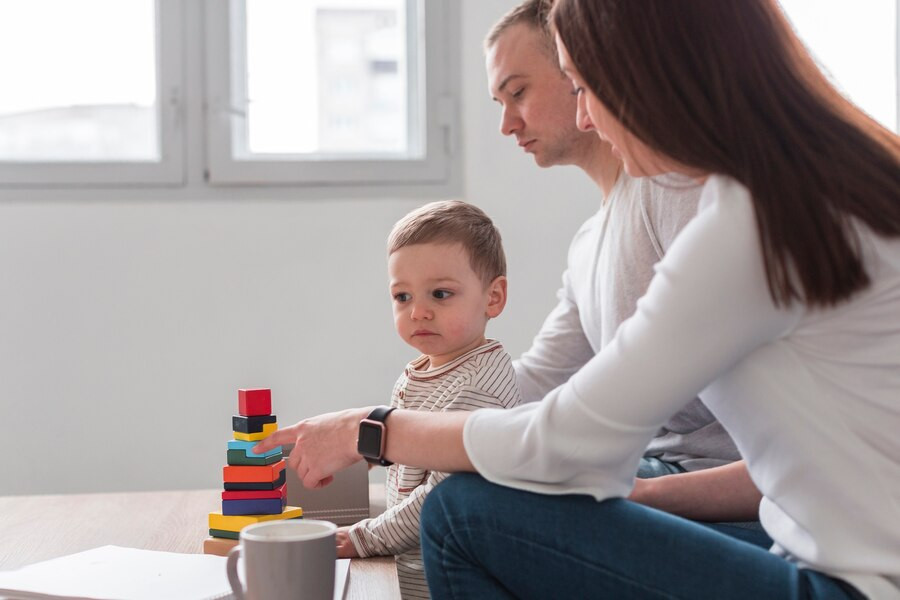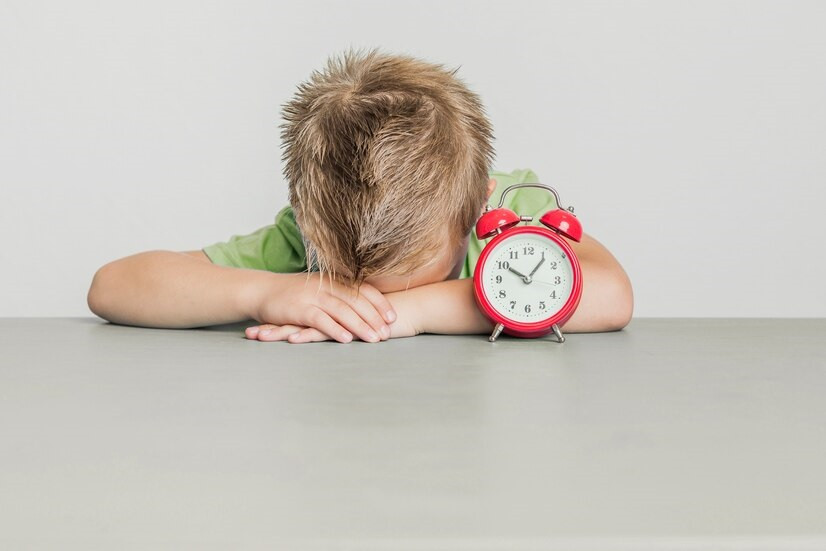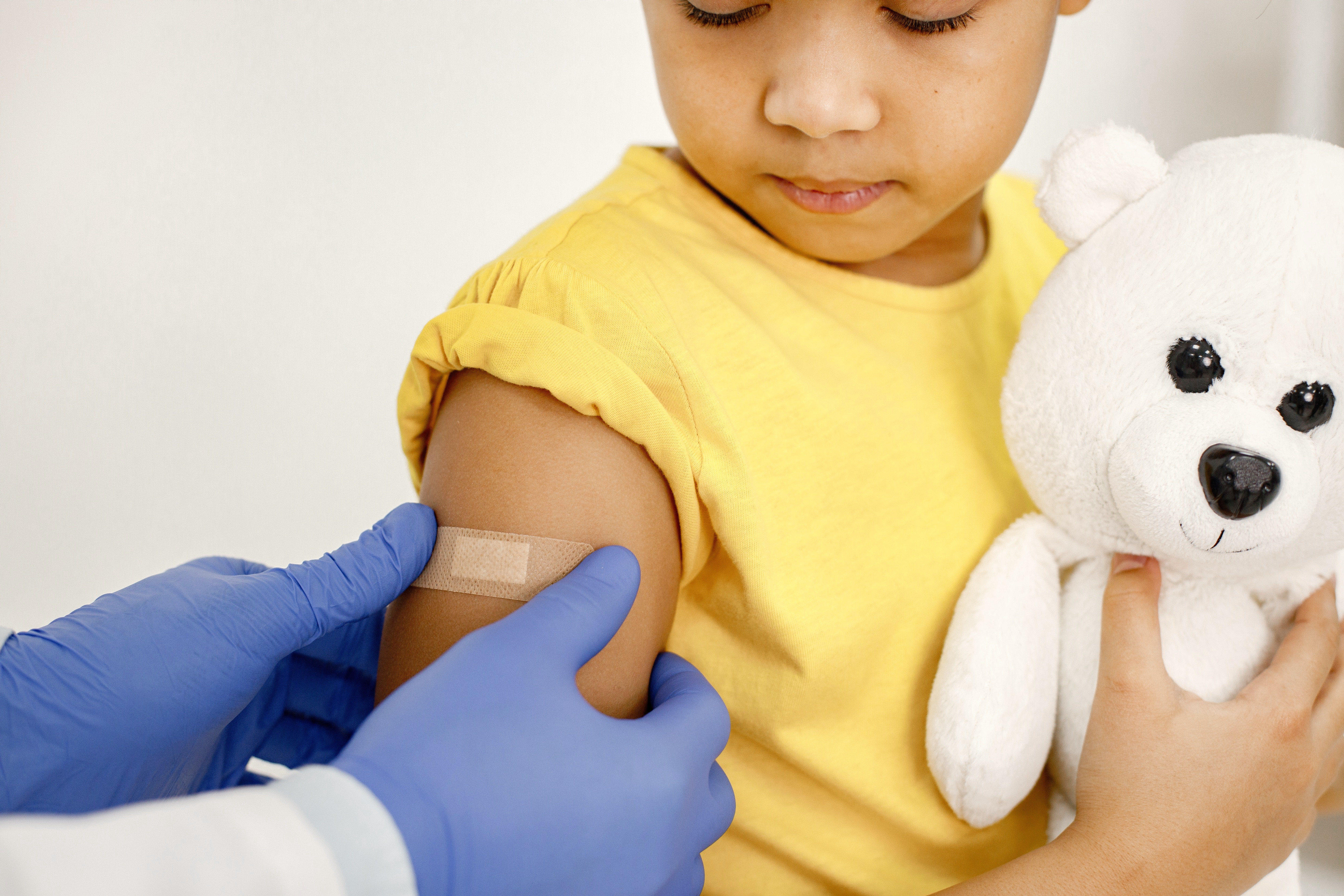The incidence of cancer in children may be lower than in adults, but it remains a significant and concerning health issue. Several types of cancer that children often experience include leukemia, brain tumors, neuroblastoma tumors, lymphoma, Wilms tumor, retinoblastoma, and osteosarcoma.
Identifying childhood cancer can be challenging as symptoms may vary depending on the type of cancer. Furthermore, these symptoms can mimic those of other common illnesses, making diagnosis difficult. In some cases, symptoms may not be readily apparent, further complicating detection.
Common Symptoms Of Cancer in Children
The Pediatric Oncology Resource Center applies the acronym CHILDCANCER to denote common cancer symptoms in children. Explanation is given below:
Continued unexplained weight loss
The first symptom is unexplained weight loss, where a child loses significant weight for no apparent reason and needs to get further tests for possible cancer.
Headaches, often with early morning vomiting
Persistent headaches or vomiting in the morning which occur repeatedly or have no known cause.
Increased swelling or persistent pain in the bones, joints, back, or legs
Unusual swelling or persistent pain in the bones, joints, back, or legs that require further evaluation.
Read more: Getting To Know Ewing Sarcoma, Ganas Bone Cancer That Is Vulnerable To Children.
Lump or mass, especially in the abdomen, neck, chest, pelvis, or armpits
The presence of an unusual lump or mass in a certain area of the body, such as the stomach, neck, chest, pelvis, or armpit, could be a possible sign of cancer.
Development of excessive bruising, bleeding, or rash
The following symptoms may need to be noted as cancer, such as the appearance of bruising, excessive bleeding, or bruising, which may be a symptom of blood cancer or lymphoma.
Constant, frequent, or persistent infections
Children often experience recurrent infections or infections that are difficult to cure, which is one of the symptoms of leukemia.
A white color behind the pupil
Pupils appear white when images of children are taken using flash photography, which is a sign of retinoblastoma. This eye cancer often occurs in children.
Read more: Still A Girl Is It Possible To Get Cervical Cancer?
Nausea that persists or vomiting without nausea
Cancer in children can also cause persistent vomiting without any previous nausea or cause of vomiting. Usually, these symptoms appear as a sign of cancer in the digestive organs or nervous system.
Constant tiredness or noticeable paleness
Persistent fatigue and paleness in children can be signs of possible cancer. These symptoms appear for various reasons, including anemia, immune system disorders, or as a side effect of cancer treatment. Cancer, especially blood cancers such as leukemia or lymphoma, can cause constant fatigue because it affects blood production and the immune system.
Eye or vision changes that occur suddenly and persist
Vision changes or loss of good vision that develops slowly could be a sign of a brain tumor. When a brain tumor presses or damages the optic nerve or the part of the brain that regulates vision, certain vision will be lost. Apart from that, brain tumors can also cause other vision changes, such as double vision, changes in color perception, pain or pressure in the eyes, and limited eye movements.
Recurring or persistent fevers of unknown origin
Fever itself is not a symptom of cancer. However, recurring fevers in cancer patients can be caused by various things, such as the body's reaction to cancer, which produces chemicals called cytokines, which can cause an increase in body temperature and fever or an infection due to a weakened immune system.
Because the symptoms of cancer in children are sometimes difficult to distinguish from symptoms of other common diseases, it is important to have your child checked by a doctor and get a further evaluation, especially if the symptoms are worsening, recurring, unusual, or there are risk factors for a family history of cancer.
By conducting a thorough investigation and early detection, cancer is expected to be successfully identified and treated. If you have more questions about cancer and its symptoms in children, consider using the health consultation services offered by the Ai Care application, which can be downloaded from the App Store or Play Store.
Want to know more information about pregnancy, breastfeeding, and the health of women and children? Click here!
- dr. Yuliana Inosensia
Services, D. of H. & H. (n.d.). Cancer in children. [online] www.betterhealth.vic.gov.au. Available at: https://www.betterhealth.vic.gov.au/health/conditionsandtreatments/cancer-in-children#types-of-cancer-in-children.
Cancer.net. (2012). Childhood Cancer - Symptoms and Signs. [online] Available at: https://www.cancer.net/cancer-types/childhood-cancer/symptoms-and-signs.
www.cancerresearchuk.org. (n.d.). Signs and symptoms of cancer in children | Children’s cancers | Cancer Research UK. [online] Available at: https://www.cancerresearchuk.org/about-cancer/childrens-cancer/symptoms.
National Cancer Institute (2019). Childhood Cancers. [online] National Cancer Institute. Available at: https://www.cancer.gov/types/childhood-cancers.
Blood Cancer UK. (n.d.). Blood Cancer UK | Leukaemia symptoms and signs. [online] Available at: https://bloodcancer.org.uk/understanding-blood-cancer/leukaemia/leukaemia-symptoms-signs.
NHS inform. (n.d.). Retinoblastoma in children. [online] Available at: https://www.nhsinform.scot/illnesses-and-conditions/cancer/cancer-types-in-children/retinoblastoma-children/.
Philadelphia, T.C.H. of (2014). Non-Hodgkin Lymphoma in Children. [online] www.chop.edu. Available at: https://www.chop.edu/conditions-diseases/non-hodgkin-lymphoma.












